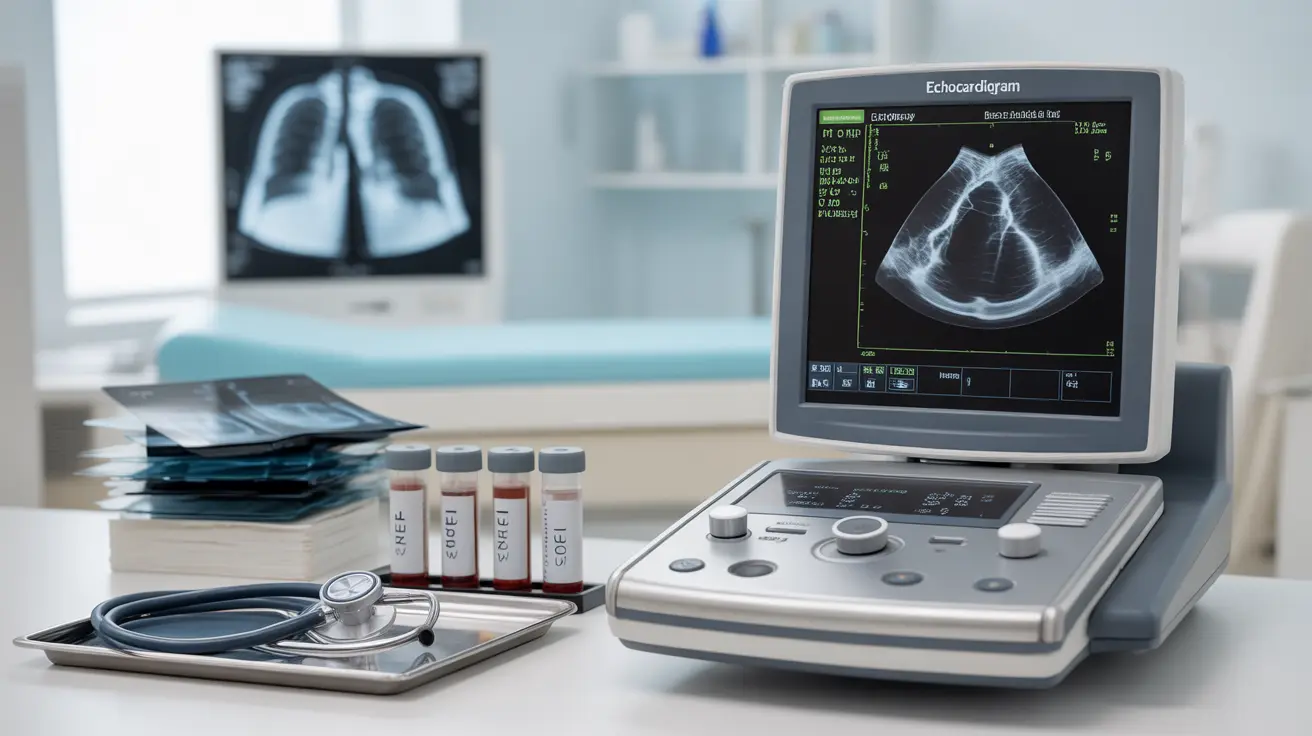Heart failure diagnosis requires a thorough medical evaluation using multiple testing methods to accurately assess heart function and identify underlying causes. Understanding these diagnostic tools can help patients better prepare for their medical appointments and comprehend their diagnosis journey.
This comprehensive guide explores the various tests doctors use to diagnose heart failure, from basic physical examinations to advanced imaging techniques, helping you understand what to expect during the diagnostic process.
Initial Physical Examination and Medical History
The diagnostic journey typically begins with a detailed physical examination and medical history review. Your doctor will listen to your heart and lungs, check for swelling in your legs and feet, and assess your blood pressure and pulse. They'll also discuss your symptoms, lifestyle factors, and family history of heart disease.
Blood Tests for Heart Failure
Blood tests play a crucial role in diagnosing heart failure and determining its severity. These tests measure various markers and substances that indicate heart function and potential damage:
- B-type Natriuretic Peptide (BNP) or NT-proBNP
- Cardiac troponin levels
- Complete blood count
- Kidney and liver function tests
- Thyroid hormone levels
- Cholesterol levels
Advanced Cardiac Imaging Tests
Echocardiogram
An echocardiogram uses ultrasound waves to create detailed images of your heart. This non-invasive test provides essential information about:
- Heart chamber size and shape
- Pumping strength (ejection fraction)
- Valve function
- Blood flow patterns
- Wall motion abnormalities
Chest X-ray
A chest X-ray can reveal signs of heart failure such as an enlarged heart shadow or fluid accumulation in the lungs. This quick imaging test helps doctors assess both heart size and potential lung complications.
Cardiac MRI
Magnetic Resonance Imaging (MRI) provides detailed images of your heart's structure and function. This advanced imaging technique helps doctors:
- Assess heart muscle damage
- Measure blood flow
- Evaluate heart chamber size
- Detect scarring or inflammation
Stress Testing and Exercise Evaluation
Stress tests help doctors understand how your heart functions during physical activity. These tests can be performed in several ways:
- Treadmill exercise test
- Stationary bike test
- Chemical stress test (for those unable to exercise)
- Nuclear stress test
Cardiac Catheterization and Coronary Angiogram
In some cases, doctors may recommend cardiac catheterization to directly examine the heart's blood vessels and measure pressures within the heart chambers. This procedure involves inserting a thin tube (catheter) through a blood vessel to your heart.
Frequently Asked Questions
What tests are used to diagnose heart failure and how do they work?
Heart failure diagnosis typically involves multiple tests, including blood work (BNP levels), imaging tests (echocardiogram, chest X-ray), and physical examination. These tests work together to assess heart function, identify damage, and determine the severity of the condition.
How does an echocardiogram help in detecting heart failure?
An echocardiogram uses ultrasound waves to create real-time images of your heart, showing its size, structure, and function. It measures your heart's ejection fraction, valve function, and blood flow patterns, providing crucial information for diagnosing heart failure.
What role do blood tests play in testing for heart failure?
Blood tests measure important markers like BNP (B-type Natriuretic Peptide) and cardiac troponin levels, which indicate heart stress and damage. They also assess kidney function, thyroid levels, and other factors that might contribute to or be affected by heart failure.
When is a stress test or exercise test recommended for heart failure diagnosis?
Stress tests are recommended when doctors need to evaluate how your heart functions during physical activity. They're particularly useful in assessing symptoms that occur during exercise, determining exercise capacity, and evaluating the effectiveness of treatments.
How do imaging tests like chest X-rays, cardiac MRI, and coronary angiograms help in confirming heart failure?
These imaging tests provide different views and information about your heart. Chest X-rays show heart size and fluid in the lungs, MRIs provide detailed images of heart structure and function, and coronary angiograms reveal blockages in heart arteries. Together, they help create a complete picture of heart health and function.




